|
Trees are a coveted asset to the landscape. They offer structure, shade, fall color and often lovely bark. When researching a tree for your yard, always consider it’s desired growing conditions and mature size. There are a few trees that you’ll want to avoid because they invade and prevent native plants from thriving, are poisonous, very dirty or have other undesirable characteristics for a home landscape. Bradford or Callery pear tree: At first glance, these seem like a beneficial tree with three seasons of interest….lovely spring flowers, fruits that are eaten by birds, and a nice fall foliage. The pitfalls, unfortunately, far outweigh the positives. The branching is week and easily breaks in severe weather. Flowers have an unappealing, fishy smell. Most importantly, it is an invasive species, filling all open fields and hillsides, preventing native trees from growing. Consequently, local insects, birds, and mammals have less access to native food sources. Norway Maple: Norway maple self-seeds everywhere and, like the Bradford pear, has become an invasive species. The shallow root system makes it impossible for plants to grow beneath the canopy. To combat invasiveness, varieties have been developed such as Crimson King, which according to a Penn State study, has less than a 1% viable seed than the original species does. Acer platanoides 'Medzam' (Medallion maple) is a virtually-seedless cultivar of Norway maple. Sweet Gum: This tree produces seed pods that look like spiky gumballs which fall in autumn. Not only are they difficult to rake, their sharp, round exterior are dangerous to pedestrians. Silver Maple: This fast-growing shade trees has a shallow root system that causes turf and concrete issues. Snow and wind easily damage it’s branches, causing them to break and fall. Female Ginko (maidenhair tree): The male Ginko tree sports lovely, leathery leaves that feel and look pre-historic. The spectacular branching and yellow fall color attract the choicest buyer. It also resists diseases and insects. However, the female Ginko bears small round fruits that are not only slippery and fleshy but emit a foul odor. Be sure you know what sex you are purchasing. Weeping Willow: This is a beautiful tree to plant along a lake or stream because it's extensive root system searches for water. In fact, this tree’s roots will go anywhere in search of water including sewer lines and septic tanks. It’s branches are also messy and break easily during windy weather. Walnut Tree: Black Walnut is a lovely shade tree that provides a nutritious food source for native animals. It is a wonderful choice for woodlands and very large spaces. In addition, Black Walnut tolerates drought. Unfortunately, it's roots, leaves and nuts produce a chemical called juglone which is highly toxic to a wide range of desirable plants and vegetables. The husks of the nuts stain clothing, sidewalks, and driveways. Like the Sweet Gum tree, it's fallen fruits are dangerous for pedestrians. In researching this tree I found an article debunking the perceived myths of the Walnut tree. It is worth a read if you've got Walnut trees near or around your property. For me the verdict is still undecided. Plants are too expensive to risk advising clients to install shrubs and flowers that might die from exposure to juglone. There are many excellent choices of trees you can choose to enhance your landscape. Just be sure to select one that matches what you want for mature height and shade requirements. In addition to online sources, you might want to consult the quintessential illustrated encyclopedia, "Dirr's Hardy Trees and Shrubs" by Michael A. Dirr.
0 Comments
Your comment will be posted after it is approved.
Leave a Reply. |
Thank you for finding us! Holly and I have collaborated to bring you informative, fun, and seasonal garden inspiration blogs.
Subscribe to receive our blogs on the 1st and 15th of the month--Gwen Follow my landscape & garden design Pinterest Page to see more pics, inspiration and Gwen's home garden journey!
AuthorsGwen Wisniewski: Landscape and Garden Designer. Contact me. Let me help you integrate these garden inspirations. Choose the links below to find out more about my landscape design service or to make an appointment. |
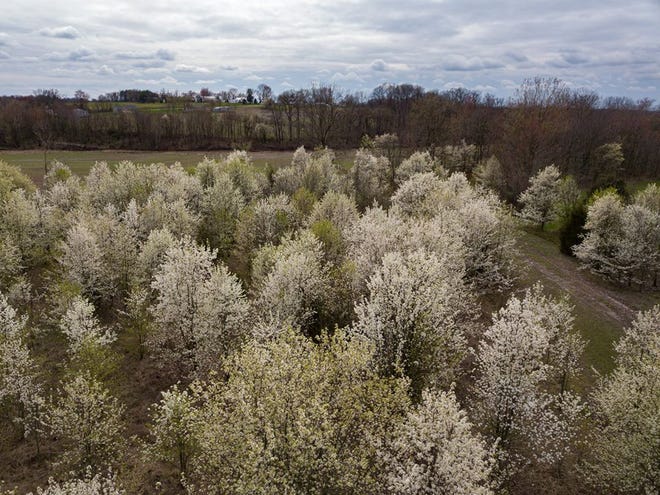
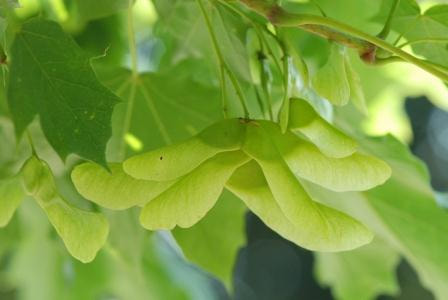
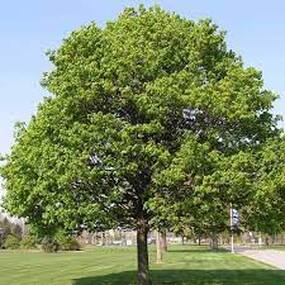
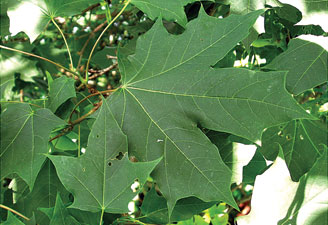
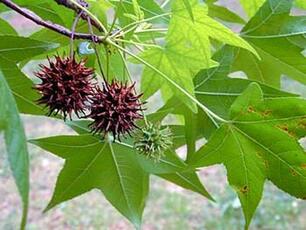
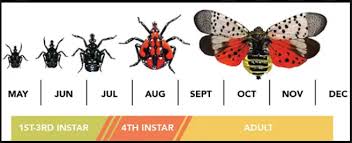
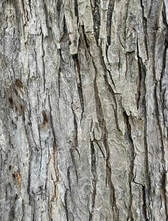
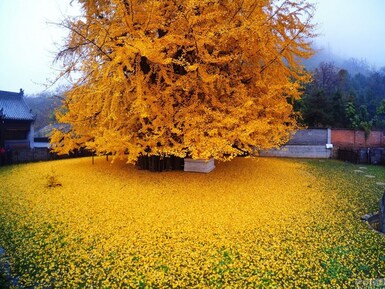
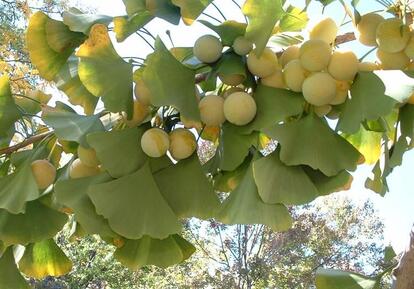
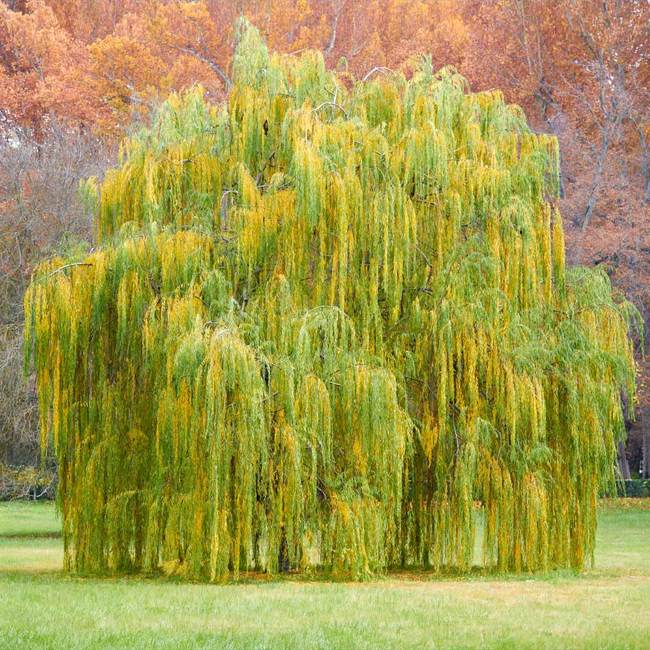
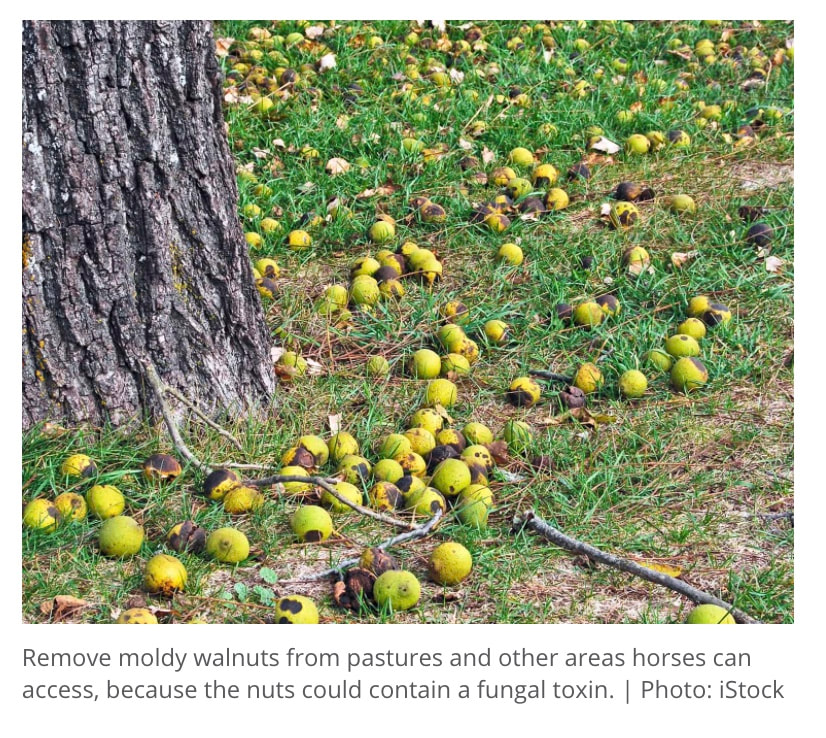
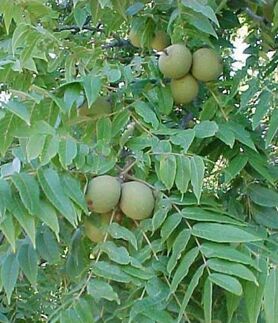


 RSS Feed
RSS Feed